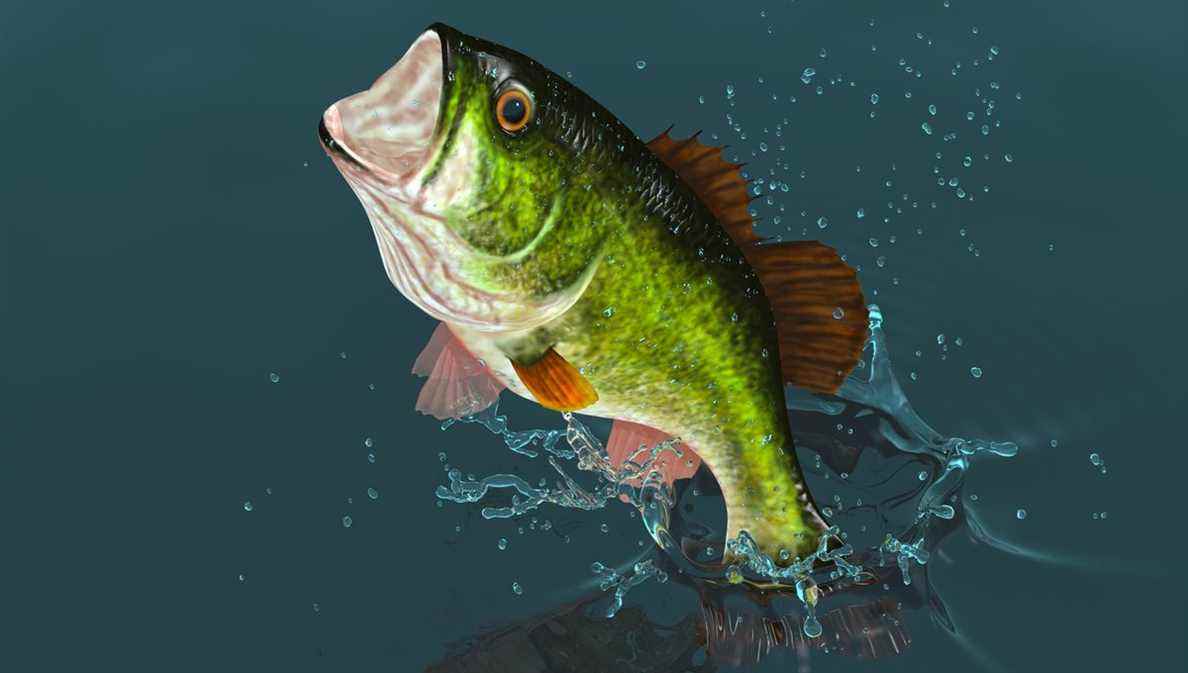The cold has set in and apparently there will be a few more days to go, the waters have cleared up, these conditions are not making pike-perch fishermen happy. Zander, which is usually the priority target for fishermen at the end of January
France Bleu La Rochelle: zander and perch for fishermen at the end of January
Bruno Garcia from the Charente-Maritime fishing federation : The zander is for the side in the shade but there is always a side in the sun and we will find our happiness by looking for the perch which is fully satisfied with these conditions. However, it is a percid that belongs to the same family as the pike-perch, but its activity doubles when it can see its prey.
Can you describe this perch to us?
You can’t confuse perch with any other fish. Its very marked welts and its color that changes from red to green with ocher yellow reflections are very characteristic. On our rivers this fish can exceed 50 cm, it is a maximum but very regularly you will catch subjects of 40 to 45 cm. It is a very attractive predator who has gregarious habits.
Gregarious?
Quite simply who lives in a group and that’s another advantage. If you take one, the other poles are not far away. Be aware that there is a kind of hierarchy in these groups. The biggest ones are served first and you will find that the first catches are often the most beautiful. Over the captures the size of the fish tends to decrease. That said, in a school of perches it is not uncommon for there to be more large subjects than small ones. So be careful though if this group life gives you an advantage over the potential of the number it also has a disadvantage. A fish that unhooks during the fight is a fish that very naturally will have an escape behavior, it will move away from the position where it was stung. And, here too, very naturally, he will alert his congeners who will follow him and desert the sector.
So you are condemned to maximum efficiency, 100%?
No room for error! The same precautions should be taken if you decide to release the fish. Above all, do not put it back in the water at the exact place where you caught it. Go a few tens of meters away from the fishing post.
And what do we put on the end of our hook?
Until January 30 you can use a small bait, roach, bream, bleak, minnow, etc. From Monday 31/01, knowing that this technique will be prohibited, taking into account the closing of the pike, you will seek the perch with the lure or the earthworm but if you opt for the lure, be careful, not just any. Some are prohibited, all those that are imitations of fish for example, no spoon either! Ideal if you have not taken the precaution of storing earthworms, you will find perfect imitations of these little beasts on the market.
The small parenthesis on the biology of species
The perch in general reproduces around the months of March-April. The pike him, except exception in February March. So about 1 month before the pole. When the small pike are old enough to consume the fry, they will take advantage of the birth of the small perch which will have just emerged from the egg. And knowing that a perch can produce 250 to 300,000 pike our pike are spoiled for choice.
